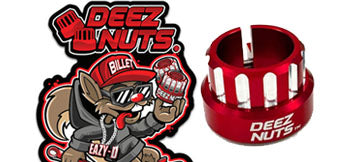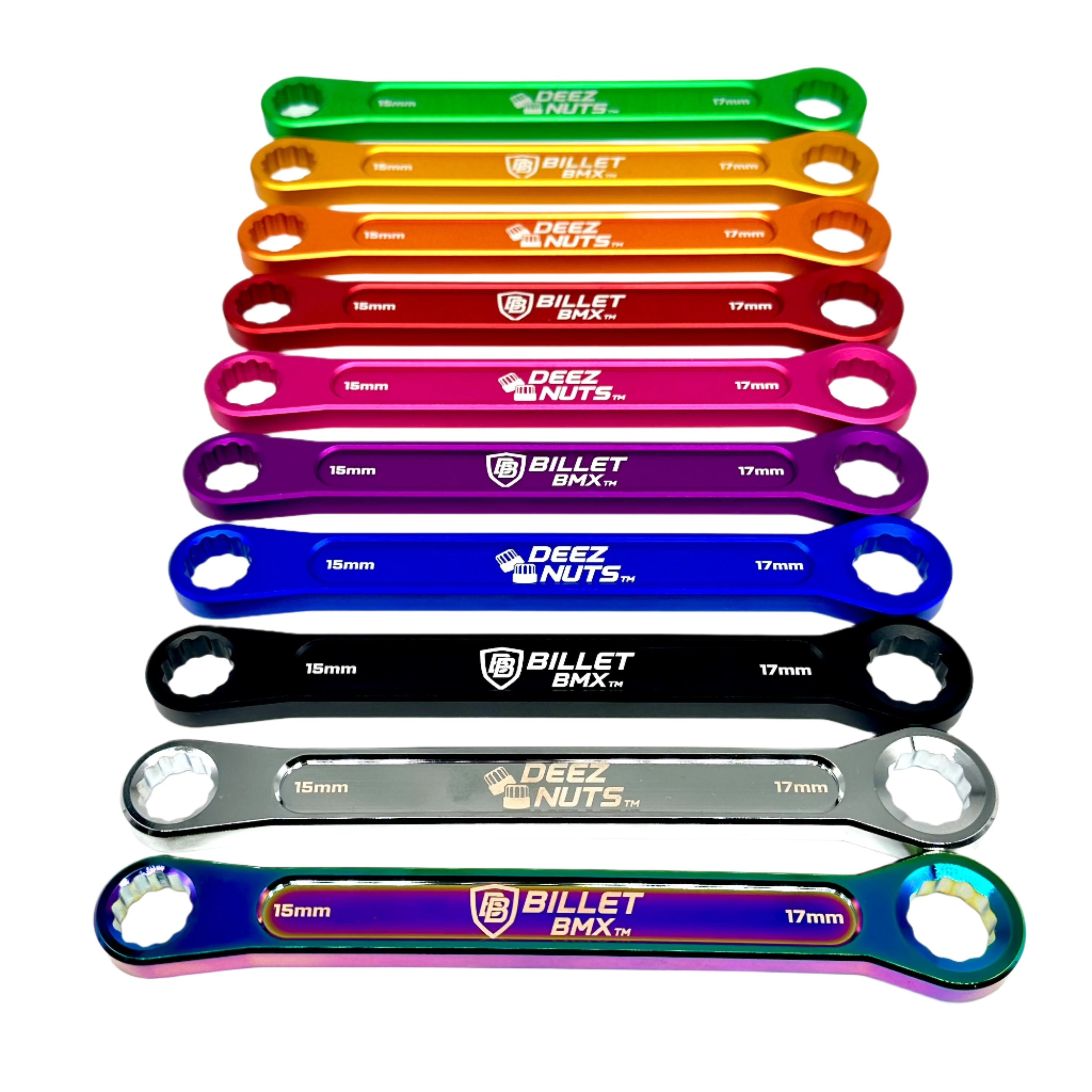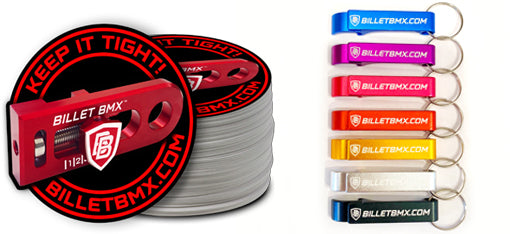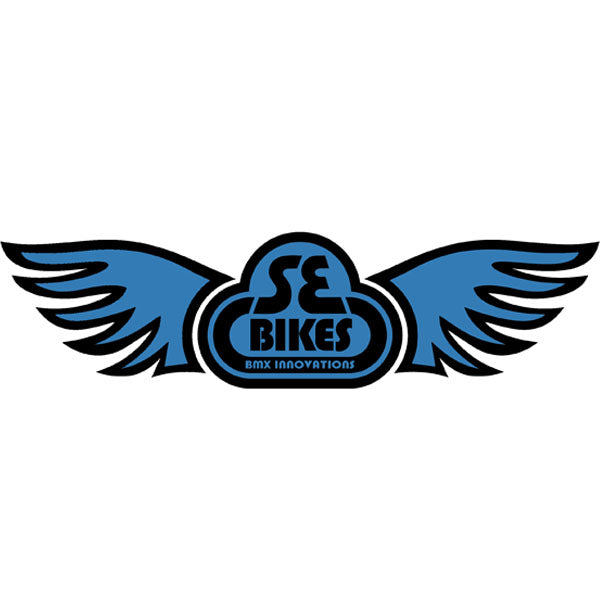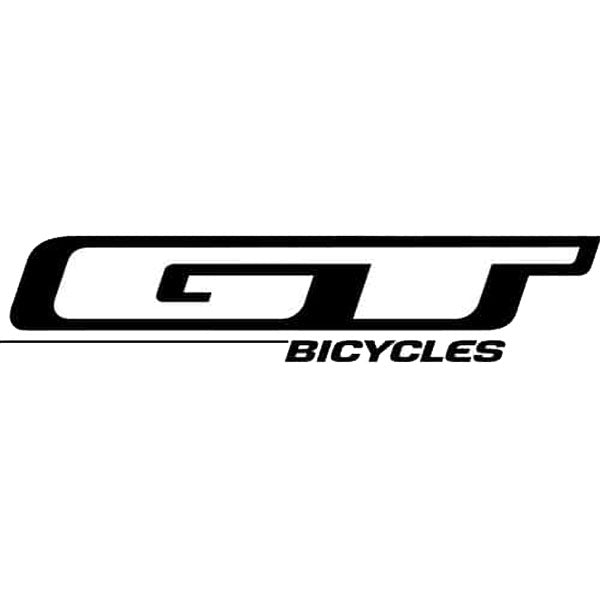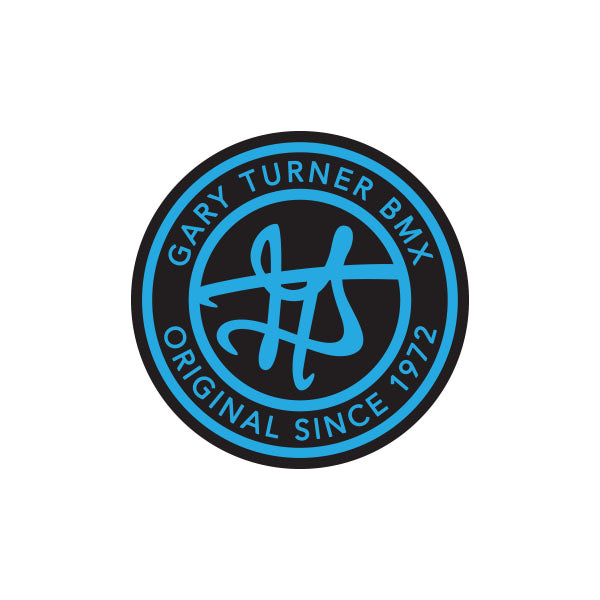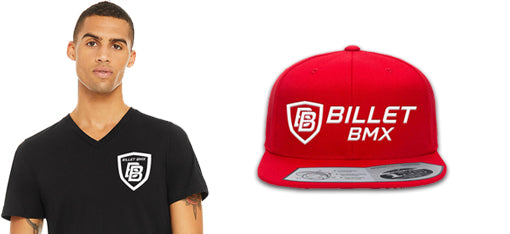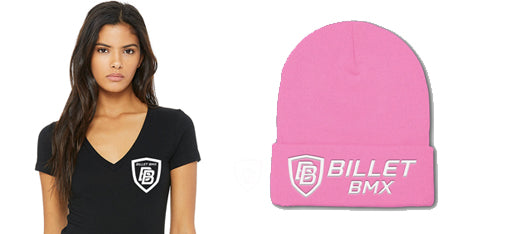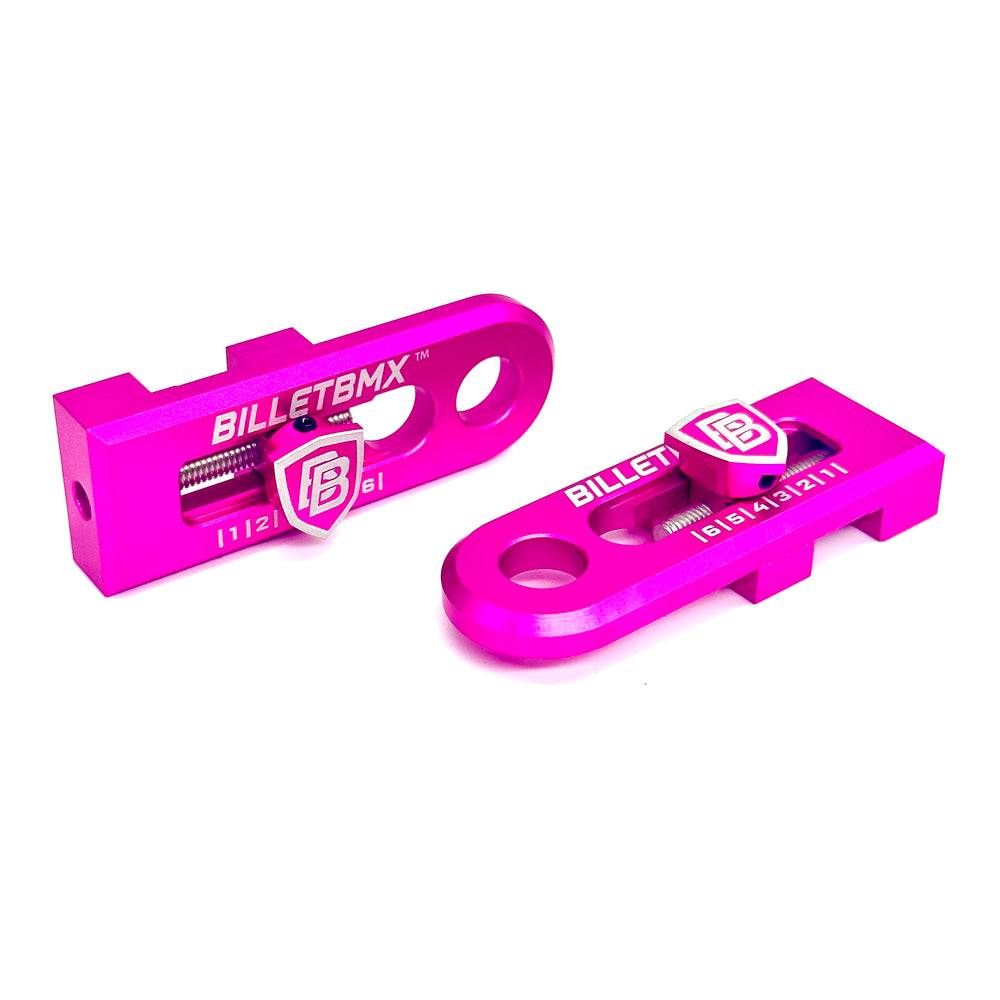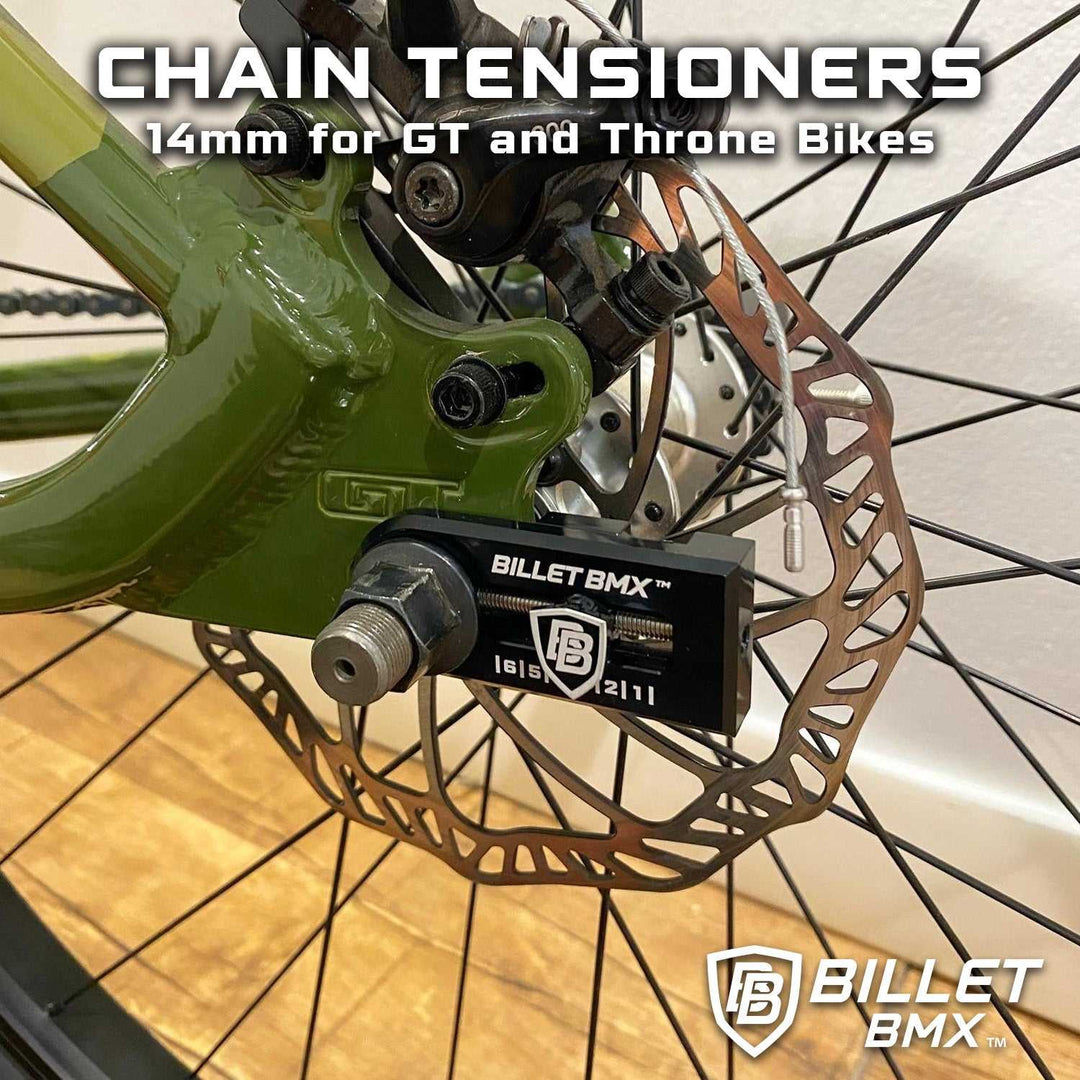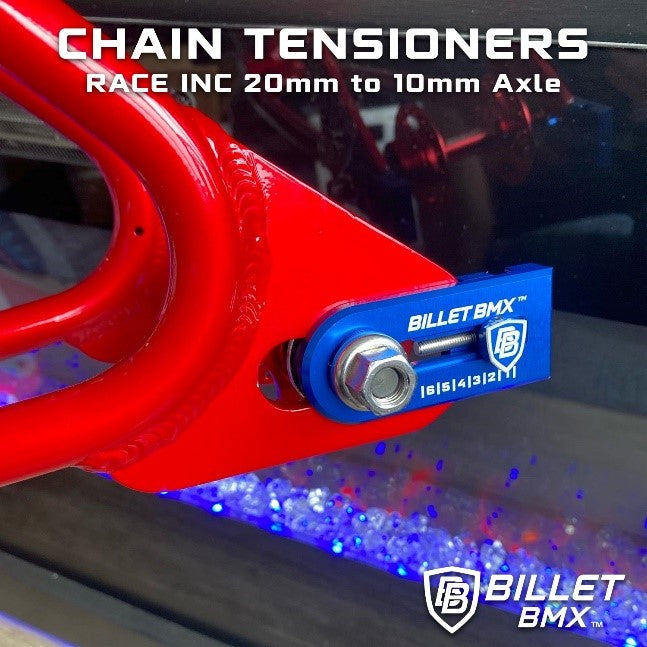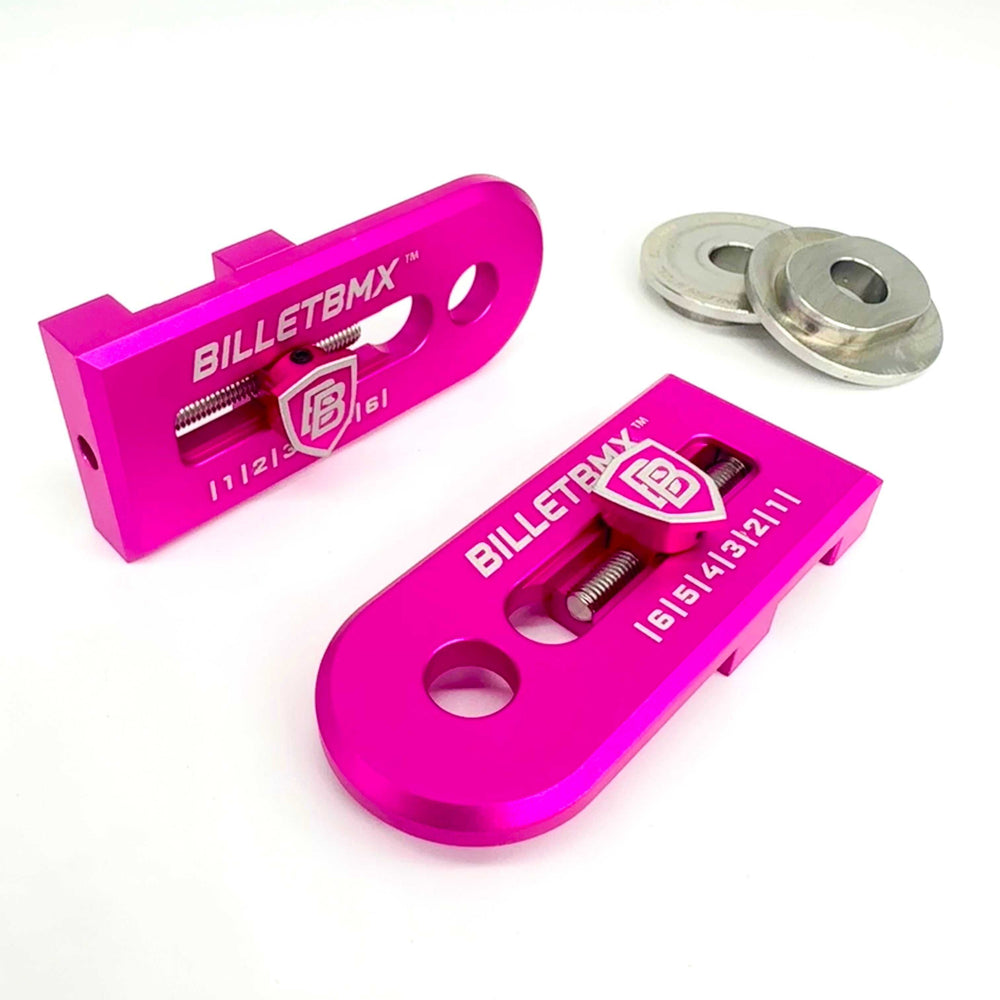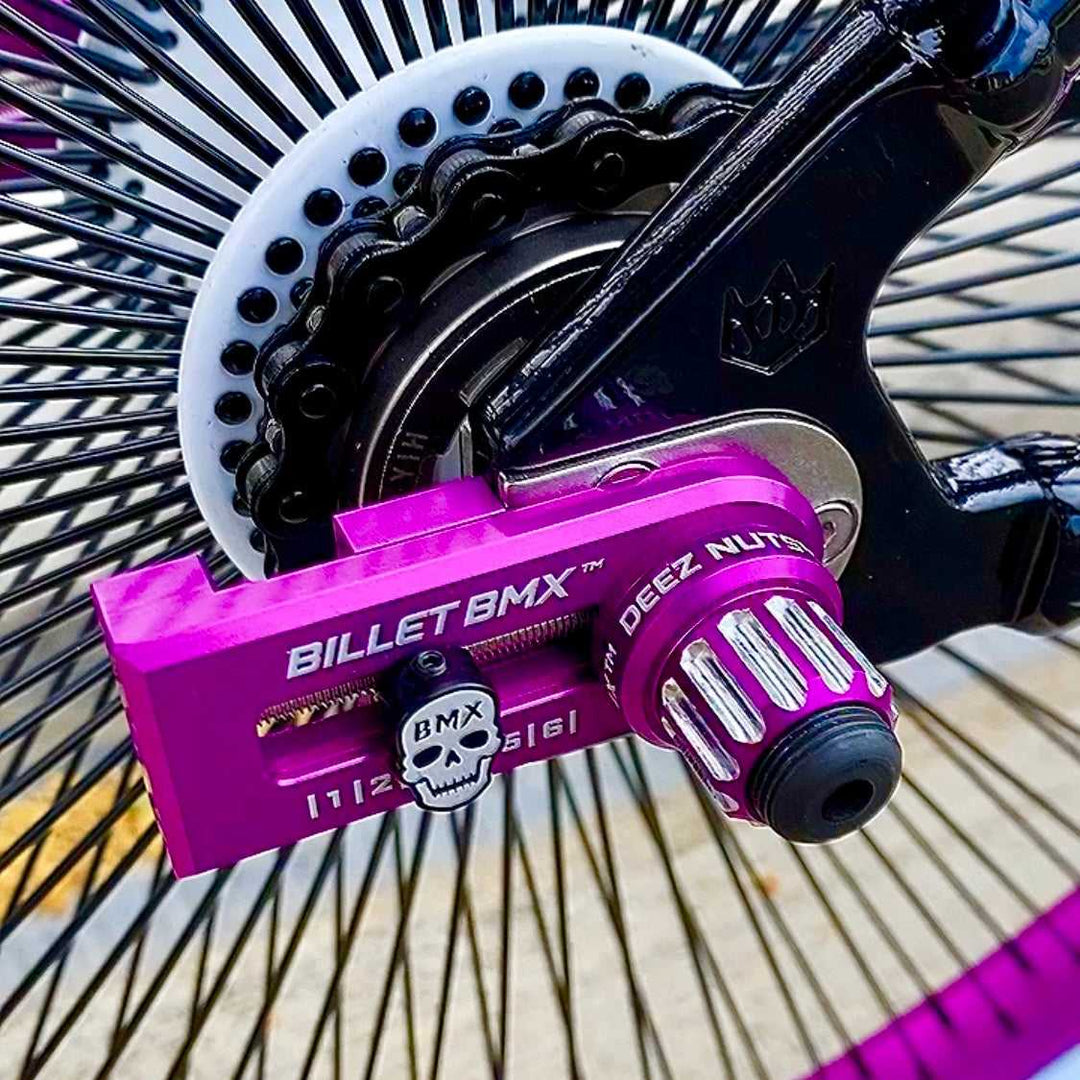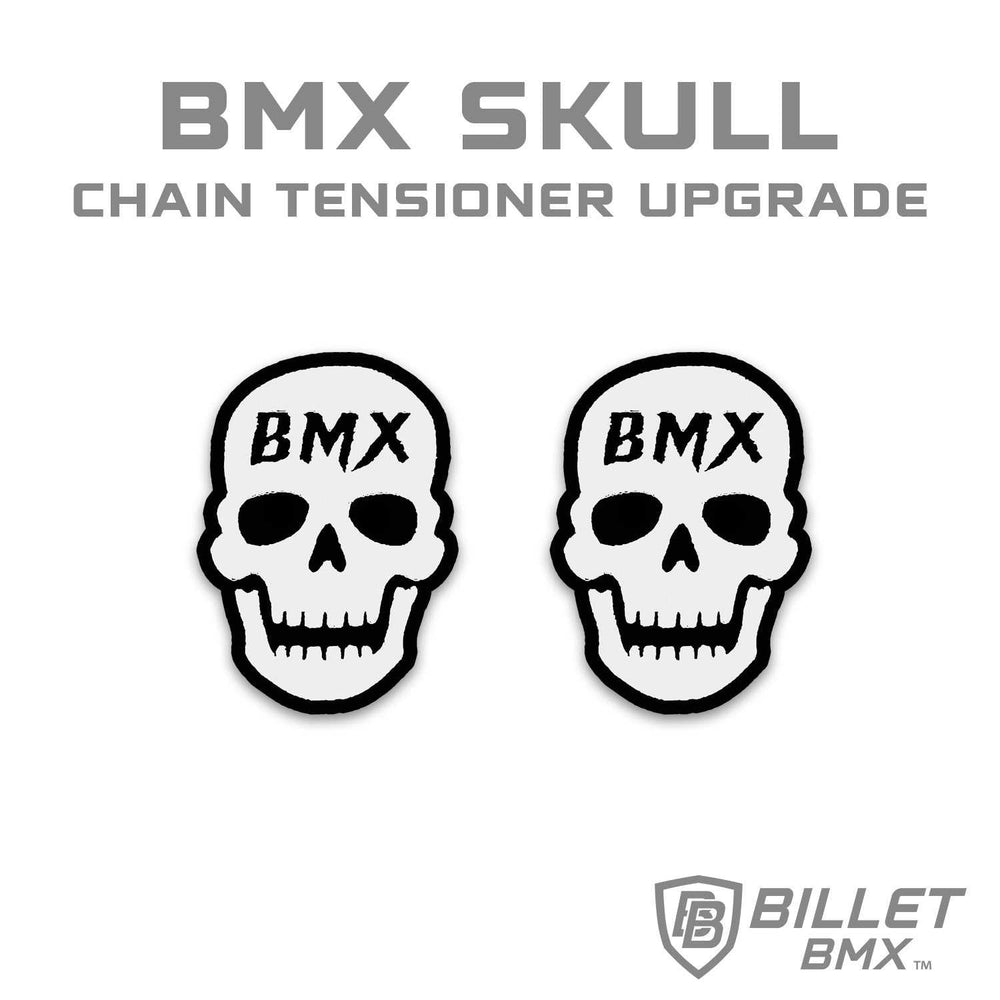Chain Tensioners for Bikes vs. Motorcycles: What’s the Difference?

Chain tensioners are essential components in both bikes and motorcycles, helping to maintain proper chain alignment and tension. Although they serve a similar function, the design, performance, and application of chain tensioners differ significantly between the two types of vehicles. Understanding these differences can help riders choose the right product for their needs, ensuring better performance and longevity of the drivetrain.
What Are Chain Tensioners?
Chain tensioners are mechanical devices that maintain the correct tension in a chain-driven system. In bicycles and motorcycles, the chain transmits power from the pedals or engine to the wheels. Without a properly tensioned chain, the ride can be noisy, inefficient, or even dangerous. A chain tensioner helps prevent the chain from slipping, derailing, or wearing out prematurely.
How Chain Tensioners Work on Bikes
Bicycle chain tensioners are typically lightweight and simple in design. They're commonly used on BMX bikes, single-speed bikes, and bikes without derailleurs. The primary purpose is to keep the chain taut, especially after chain stretching or when using horizontal dropouts.
At Billet BMX, we offer premium BMX chain tensioners that are built for durability and high performance. These tensioners are often adjustable, allowing riders to fine-tune their chain alignment for optimal pedaling efficiency.
Features of Bike Chain Tensioners:
-
Lightweight aluminum or alloy construction
-
Easy to install and adjust
-
Compatible with horizontal dropout
-
Designed for single-speed and BMX setups
How Chain Tensioners Work on Motorcycles
Motorcycle chain tensioners, on the other hand, are more robust and complex. Since motorcycles operate at much higher speeds and torque levels, their chain tensioners must handle greater stress and heat. Most motorcycles come with a built-in mechanism, but aftermarket tensioners offer better performance and adjustability.
Unlike bicycles, motorcycle tensioners may include spring-loaded systems or hydraulic adjusters that continuously apply force to the chain. This ensures consistent tension regardless of road conditions or riding style.
Features of Motorcycle Chain Tensioners:
-
Heavy-duty materials (steel or reinforced composites)
-
May include spring or hydraulic mechanisms
-
Designed for automatic or manual adjustment
-
Suitable for high-speed, high-power applications
Key Differences Between Bike and Motorcycle Chain Tensioners
While the core function of a chain tensioner remains the same, the differences between bike and motorcycle tensioners lie in their construction, size, and performance capabilities.
|
Feature |
Bike Chain Tensioners |
Motorcycle Chain Tensioners |
|
Material |
Lightweight alloys |
Heavy-duty metals |
|
Adjustment |
Manual |
Manual or automatic |
|
Stress Tolerance |
Low to moderate |
High |
|
Use Case |
BMX, single-speed bikes |
Street, sport, and dirt motorcycles |
Final Thoughts on Choosing the Right Chain Tensioners
Choosing the correct chain tensioners depends on your vehicle type and riding style. For BMX riders, lightweight, easy-to-adjust tensioners like those offered at Billet BMX provide excellent performance and style. For motorcycle riders, investing in a heavy-duty tensioner can significantly improve ride quality and reduce wear.


